Optimal Timing for Windows Installations
Scheduling Windows installations at optimal times can improve system performance and reduce disruptions. Understanding the ideal periods for installation ensures minimal downtime and maximizes efficiency.

Installing Windows during regular business hours minimizes impact on daily operations.

Weekends provide extended downtime opportunities, ideal for comprehensive installations.

Off-peak seasons like late fall or early spring can reduce scheduling conflicts.
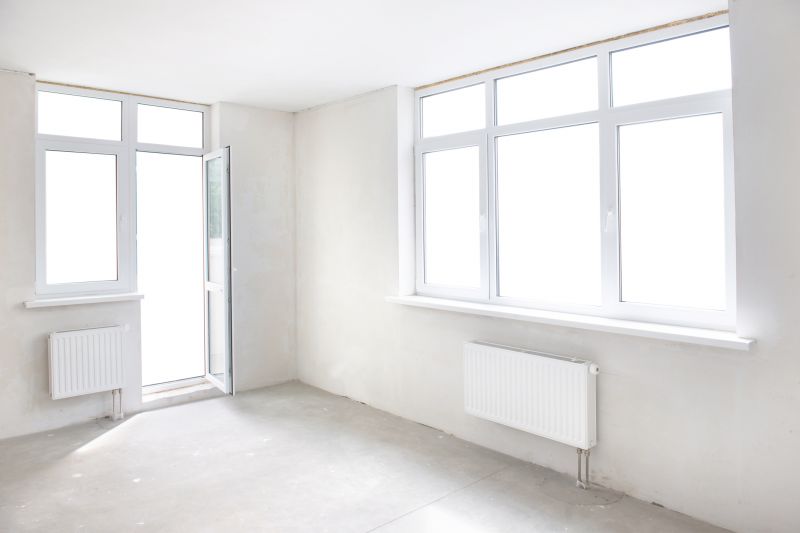
Ways to make Windows Installations work in tight or awkward layouts.

Popular materials for Windows Installations and why they hold up over time.

Simple add-ons that improve Windows Installations without blowing the budget.

High-end options that actually feel worth it for Windows Installations.

Finishes and colors that play nicely with Windows Installations.
The best time for Windows installations depends on organizational schedules, system readiness, and user availability. Planning during low-traffic periods reduces operational disruptions.
Installing during off-peak hours can lead to smoother updates and less interference with daily activities.
Ensure data backups and system checks are completed before scheduling to prevent data loss and ensure compatibility.
Regular updates are recommended to maintain security and performance, with major installations ideally scheduled quarterly.
| Timing Aspect | Details |
|---|---|
| Business Hours | Ideal for minimal disruption during working hours. |
| Weekends | Suitable for extensive updates with reduced user activity. |
| Off-Peak Seasons | Spring and fall often have lower operational demands. |
| Holiday Periods | May be less ideal due to staffing and workload. |
| Scheduled Maintenance Windows | Designated times for system updates and installations. |

A structured approach ensures smooth deployment and minimizes issues.

Checking hardware and software before installation prevents delays.

Backing up data prior to installation protects against potential data loss.

Monitoring and troubleshooting after installation ensures system stability.
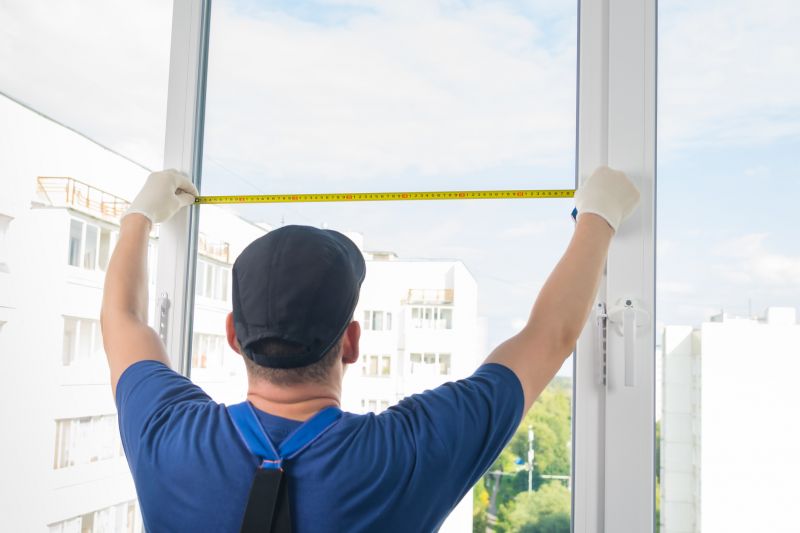
Little measurements that prevent headaches on Windows Installations day.
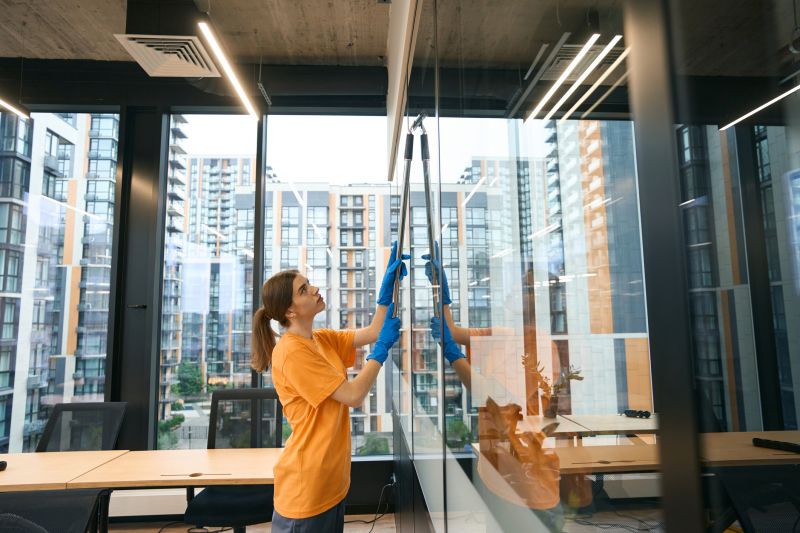
A 60-second routine that keeps Windows Installations looking new.

A frequent mistake in Windows Installations and how to dodge it.
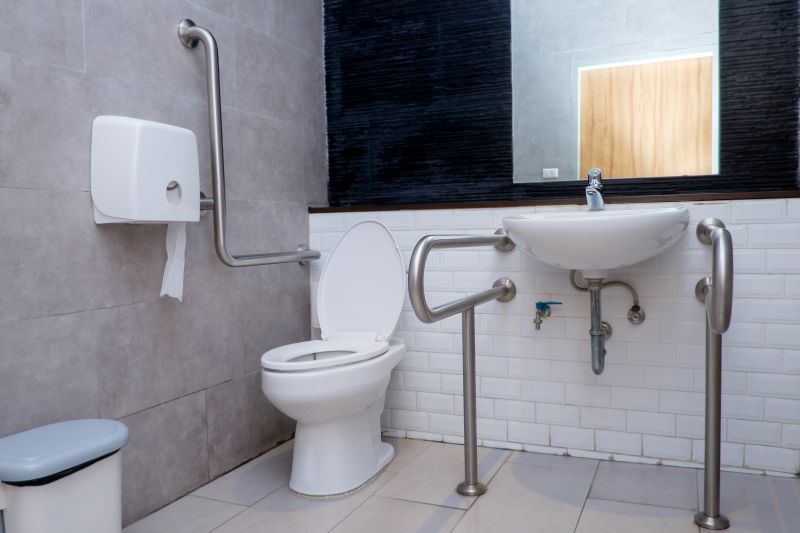
Small tweaks to make Windows Installations safer and easier to use.
Scheduling installations during optimal times reduces operational disruptions and enhances system stability.
Major Windows updates should be scheduled during periods of low activity to ensure smooth deployment.
Assessing hardware and network readiness before installation minimizes technical issues.
Effective communication helps manage expectations and ensures cooperation during updates.

Automated scheduling during off-peak hours optimizes efficiency.

Regular, well-timed updates keep systems secure and compliant.
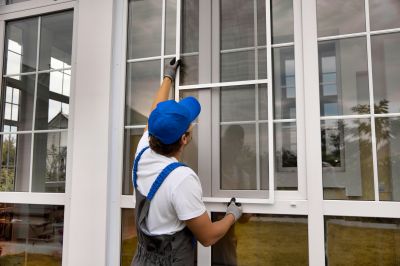
Lower-waste or water-saving choices for Windows Installations.

The short, realistic tool list for quality Windows Installations.
Choosing the right time for Windows installations can significantly impact system performance and operational continuity. Proper planning, preparation, and communication are essential to ensure successful updates that support security, stability, and productivity.
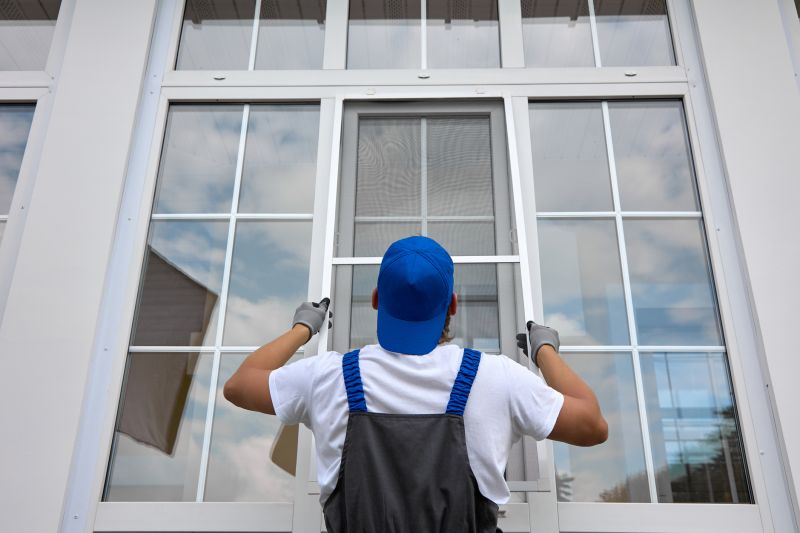
Effective strategies involve timing, backup, and testing for optimal results.

Scheduled updates reduce downtime and improve system reliability.

Preparation includes backups, compatibility checks, and user notifications.

Monitoring ensures that systems operate correctly after updates.

Rough timing from prep to clean-up for Windows Installations.

Quick checks and paperwork to keep after Windows Installations.

Examples that show the impact a good Windows Installations can make.

Ways to make Windows Installations work in tight or awkward layouts.
Interested parties are encouraged to contact for more information on scheduling Windows installations. Proper timing and preparation can lead to more efficient system upgrades and enhanced operational stability.


